-
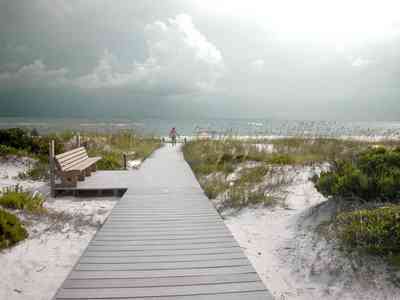
-

-
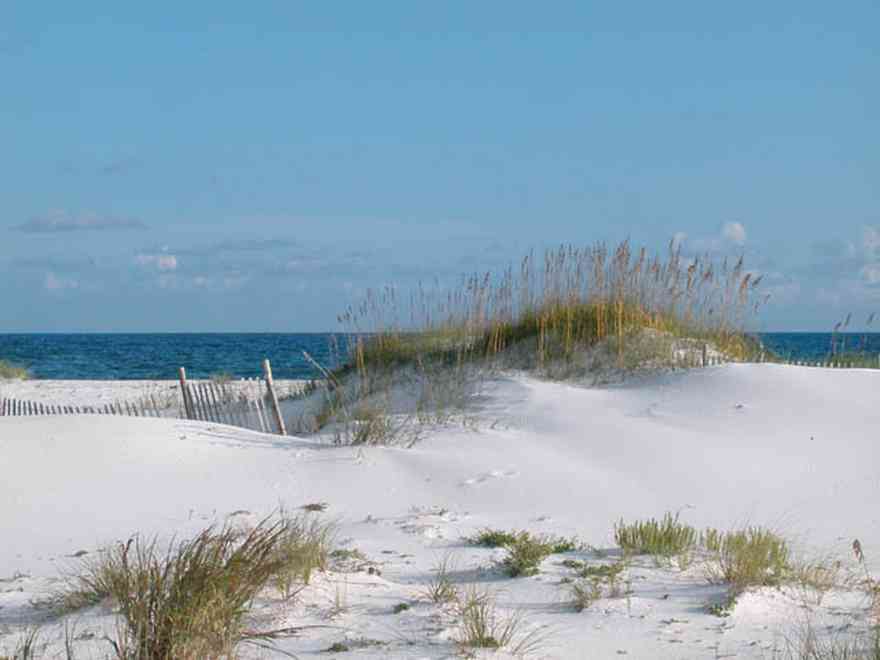
A diversity of gulls, terns and various shorebirds can be found year-round feeding at the shore.
-
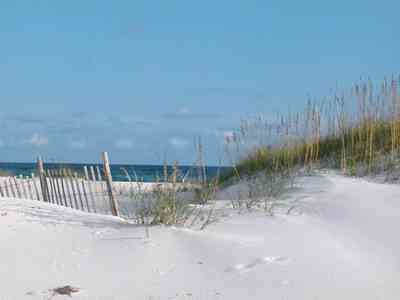
The initial step in restoration of deflated sand dunes is to use structures that can accumulate sand. Dune building fences can be erected in order to trap sand and reconstruct new dunes.
-
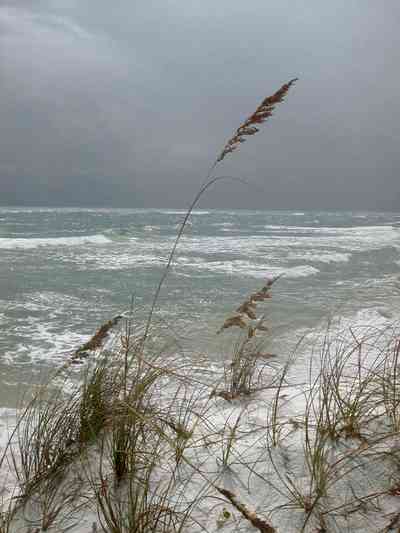
-
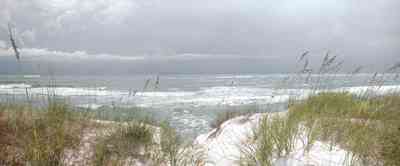
-
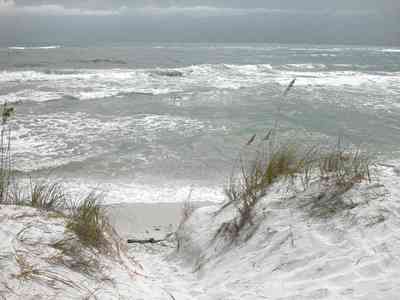
-
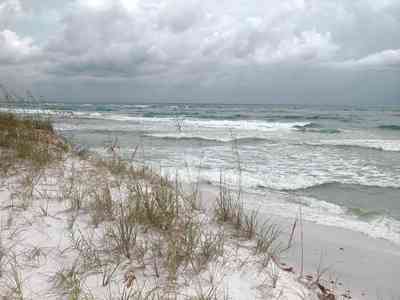
-
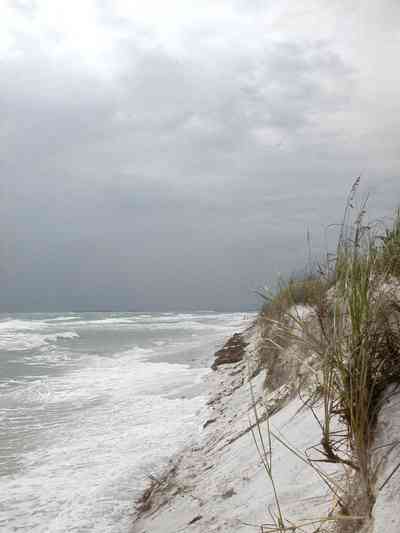
-
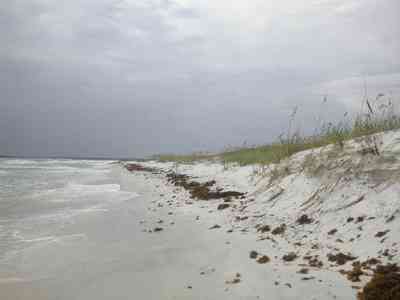
-
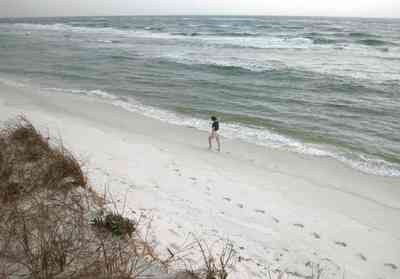
Dunes at the end of the island rise high above the waves.
-

-
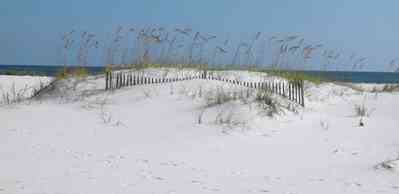
-
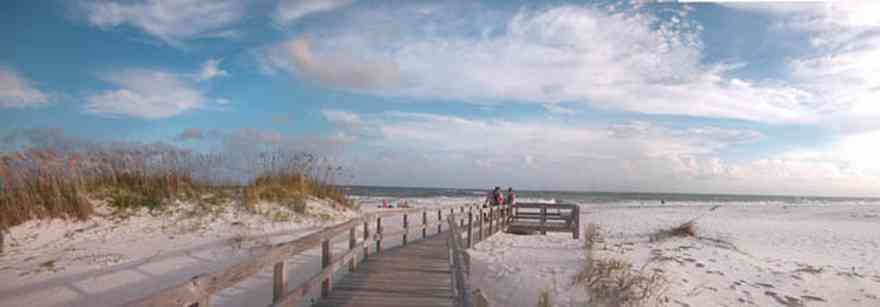
-
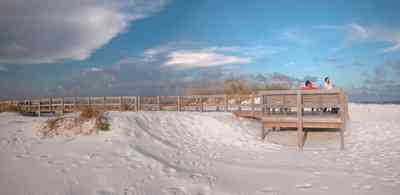
-
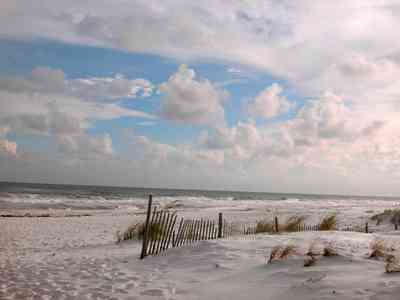
-
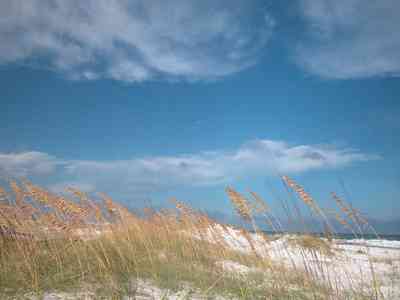
-

-
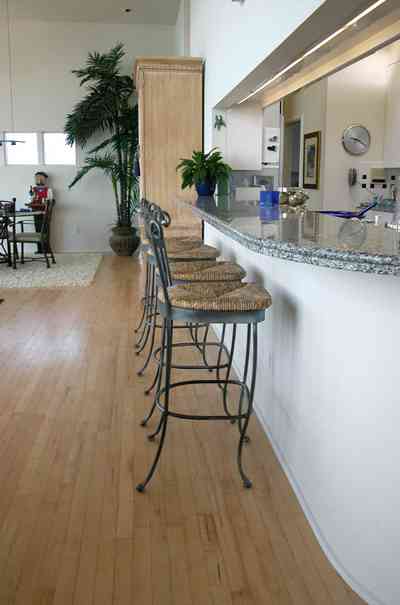
-

-

-
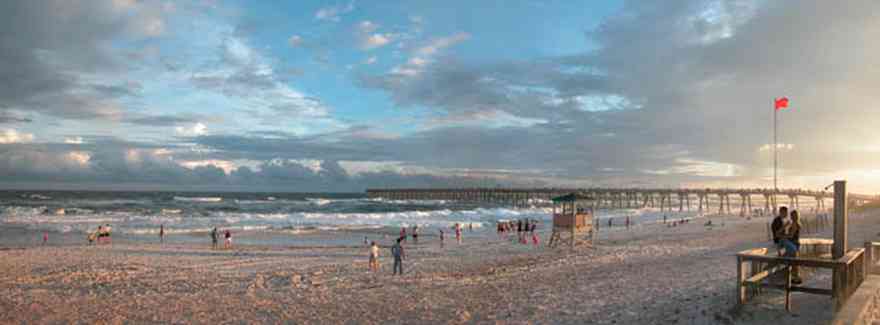
The sun sets on Pensacola Beach as the waves from Tropical Storm Hanna lures surfers to the beach. .
-
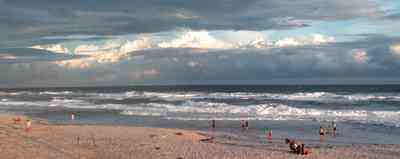
-
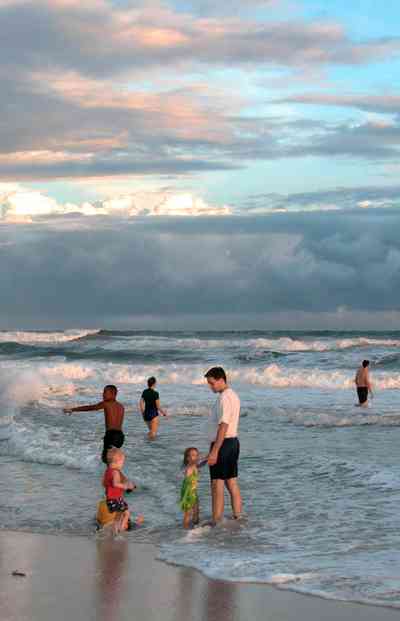
-
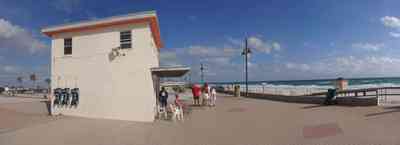
The snack bar is the oldest business in the area.
-
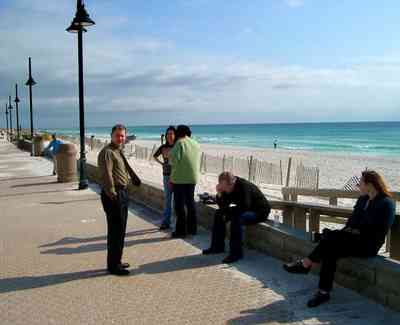
Tom Roush, film officer, observes the Wrangler photo shoot at the beach.
-

The car is located in the center of the area in front of the seating. The surface is tiled. The Gulf Fishing Pier can be seen on the right.
-

Surfers gather at Casino Beach in the aftermath of Tropical Storm Hanna.
-
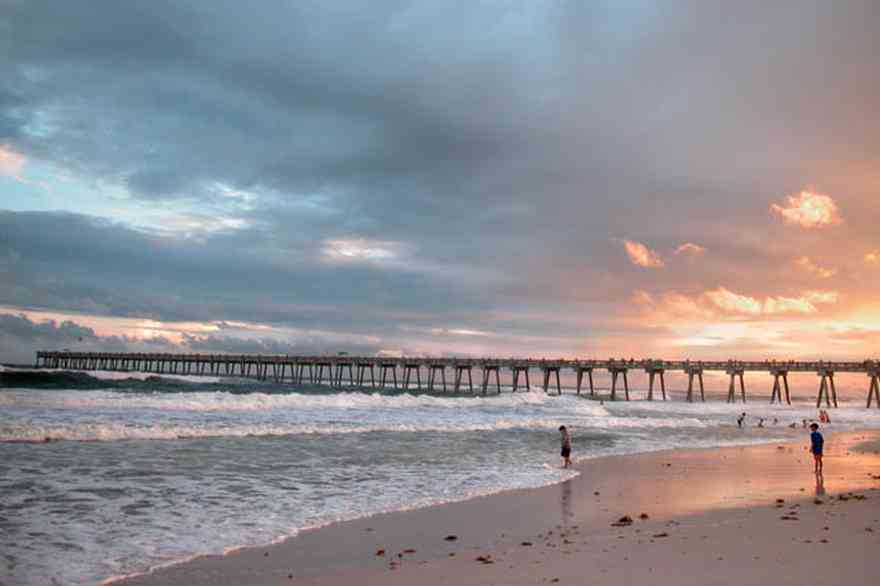
-
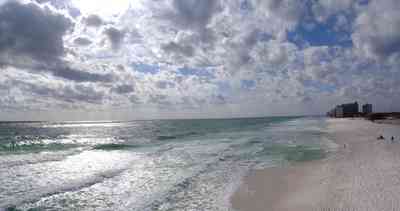
This is a view from the pier at Casino Beach. It is the longest pier along the Gulf Coast.
-

-

-

-
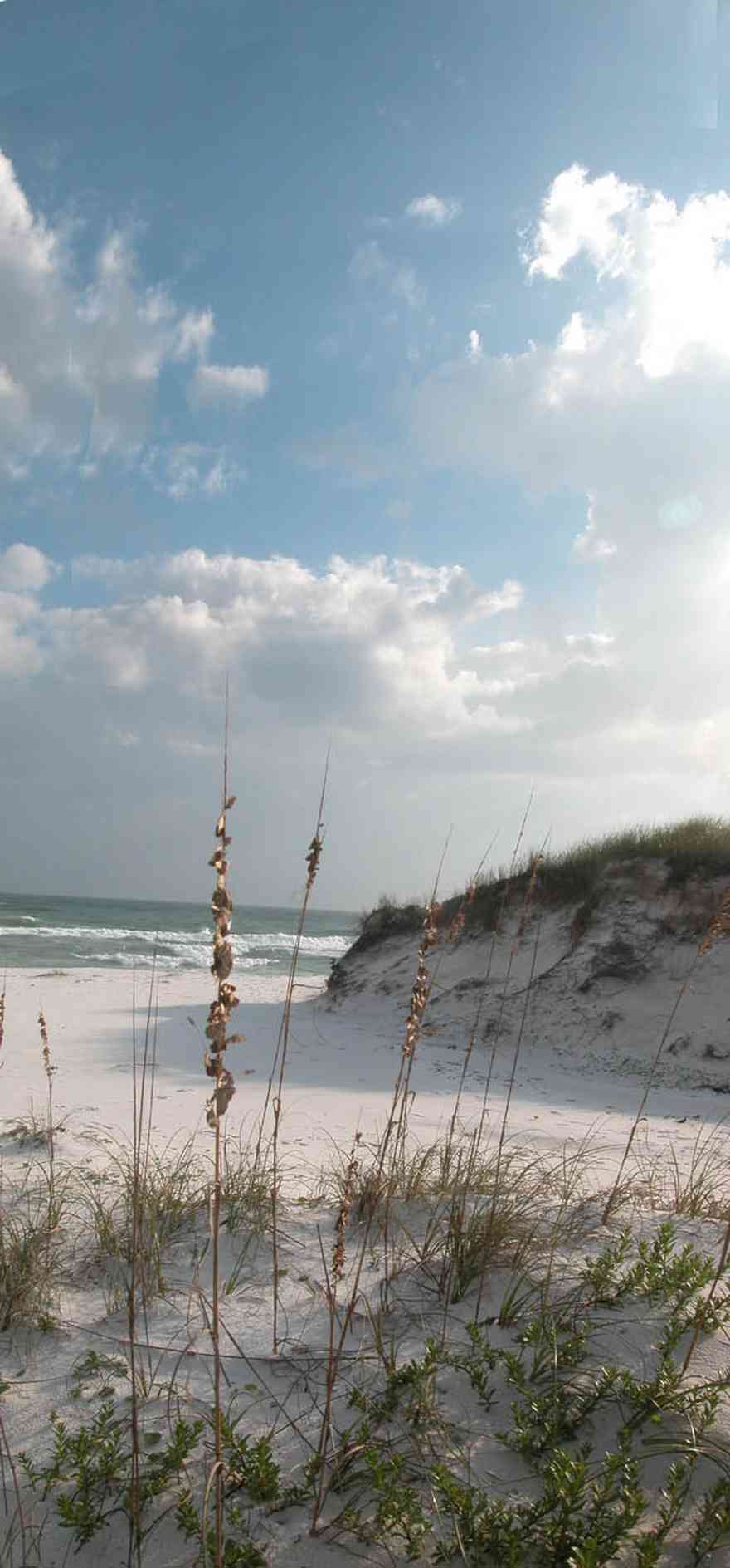
Breaking waves run up on wide, sandy beaches against a backdrop of large sand dunes topped with a smattering of sea oats.
-
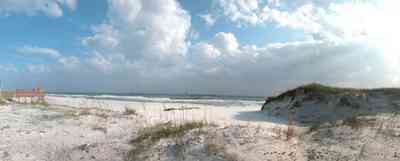
Atop and just behind the dunes lies an intriguing habitat that supports a limited but interesting array of plants and animals.
-
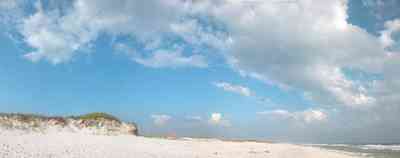
Deep white sand is so fine that the beach below you squeaks when you walk. Its seaward edges borders deep green and blue water.
-

-

-

The road bisects Santa Rosa Island.
-

The large dunes are located on the soundside or northside of the island.
-
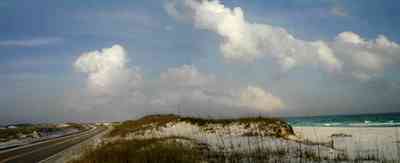
The sparse vegetation has extensive root systems that hold the dunes in place.
-

Emerald water on the right of the photograph is on the gulf side of the island.
-
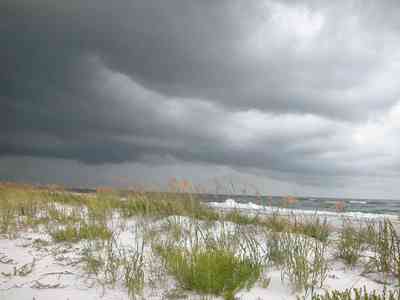
The plants grow to 6 feet high and they function to trap wind-blown sands that eventually mound to begin dune formation.
-
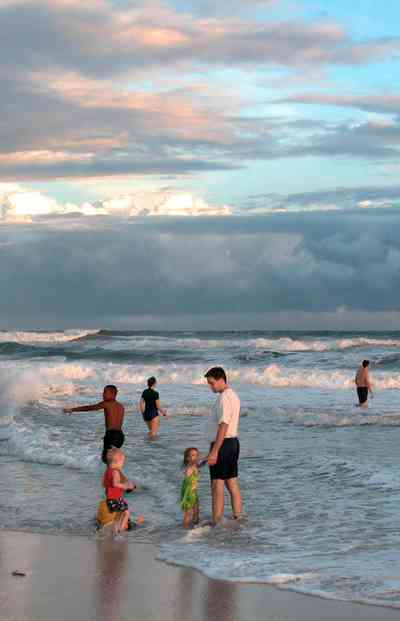
-
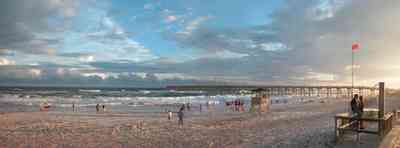
-
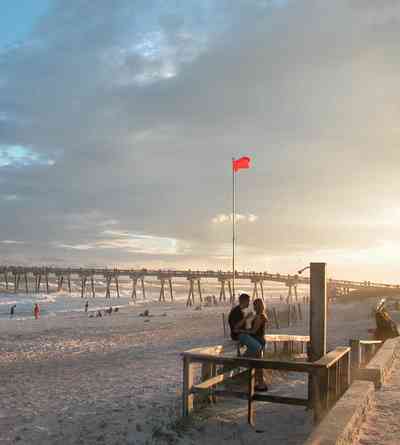
-
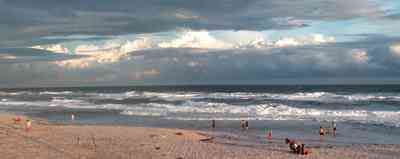
-
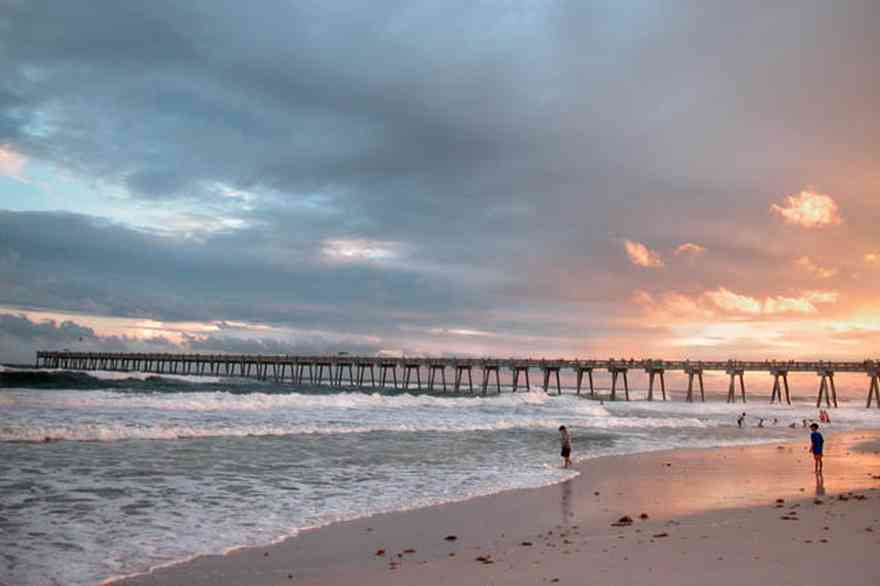
-
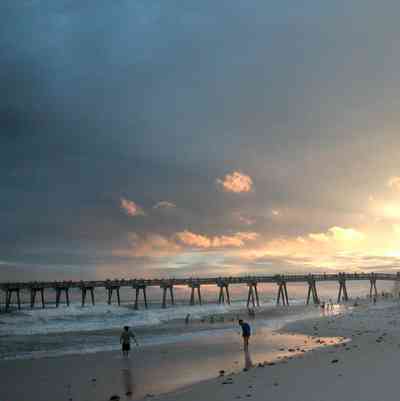
-

-

This photo features Sugar The Wonder Dog. Dogs are not allowed on the beach so it was a surprise to see a golden retriver playing in the sand.
-

The tall brown stalks that form wheat-like seed heads are called sea oats.
-
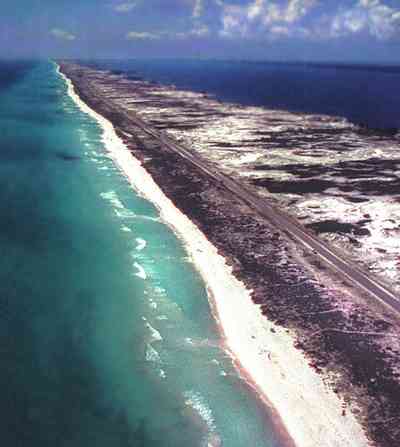
This aerial shows the road that goes the length of Santa Rosa Island. All beach areas can be reached by road, but the road can't be seen from the water.
-
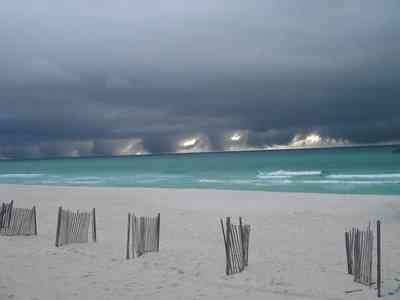
The short fences were installed after recent storms to promote dune formation by trapping blowing sand.
-
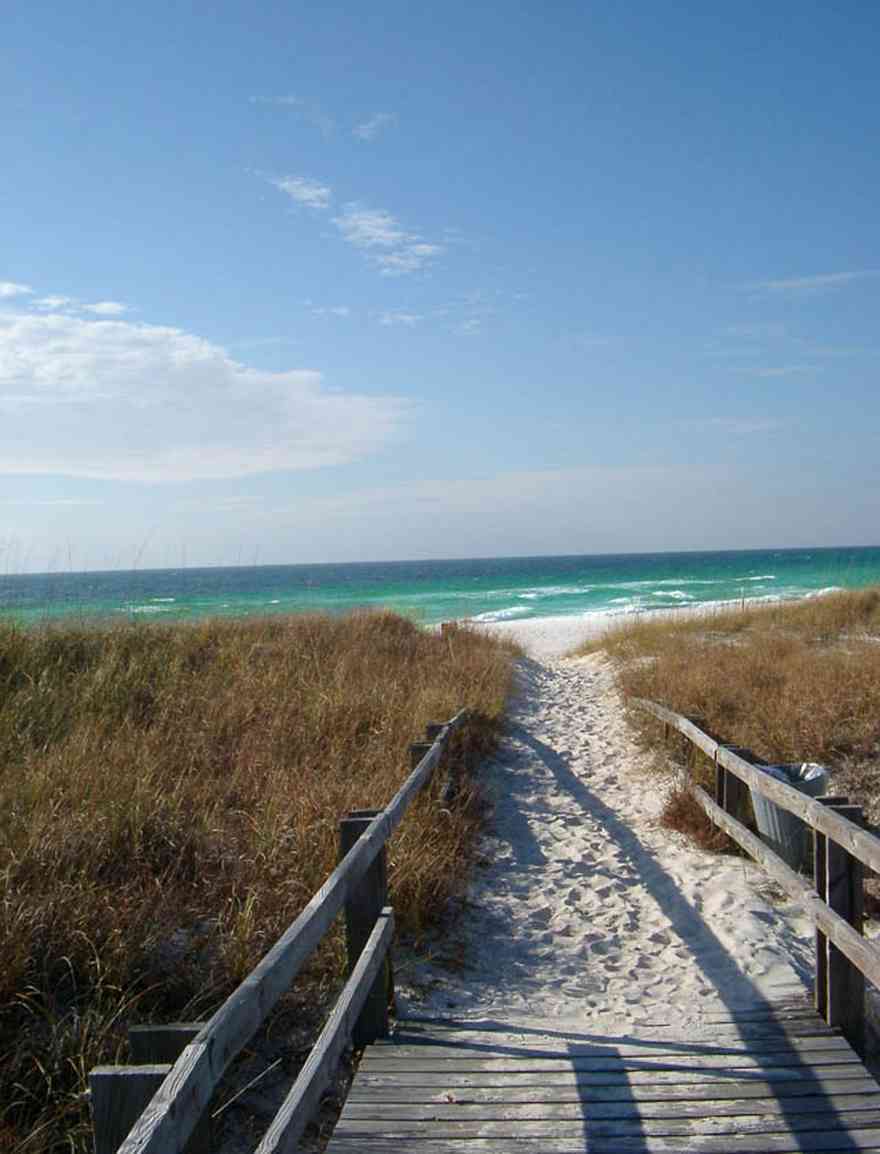
Several paths lead across the dunes to the gulf.
-
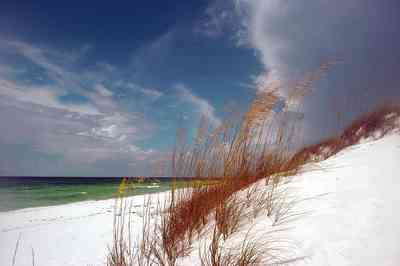
Coastal dunes are formed when sand is trapped around the stems, leaves and roots of plants in the vegetated areas of the beach.



 A diversity of gulls, terns and various shorebirds can be found year-round feeding at the shore.
A diversity of gulls, terns and various shorebirds can be found year-round feeding at the shore. The initial step in restoration of deflated sand dunes is to use structures that can accumulate sand. Dune building fences can be erected in order to trap sand and reconstruct new dunes.
The initial step in restoration of deflated sand dunes is to use structures that can accumulate sand. Dune building fences can be erected in order to trap sand and reconstruct new dunes.





 Dunes at the end of the island rise high above the waves.
Dunes at the end of the island rise high above the waves.









 The sun sets on Pensacola Beach as the waves from Tropical Storm Hanna lures surfers to the beach. .
The sun sets on Pensacola Beach as the waves from Tropical Storm Hanna lures surfers to the beach. .

 The snack bar is the oldest business in the area.
The snack bar is the oldest business in the area. Tom Roush, film officer, observes the Wrangler photo shoot at the beach.
Tom Roush, film officer, observes the Wrangler photo shoot at the beach. The car is located in the center of the area in front of the seating. The surface is tiled. The Gulf Fishing Pier can be seen on the right.
The car is located in the center of the area in front of the seating. The surface is tiled. The Gulf Fishing Pier can be seen on the right. Surfers gather at Casino Beach in the aftermath of Tropical Storm Hanna.
Surfers gather at Casino Beach in the aftermath of Tropical Storm Hanna.
 This is a view from the pier at Casino Beach. It is the longest pier along the Gulf Coast.
This is a view from the pier at Casino Beach. It is the longest pier along the Gulf Coast.


 Breaking waves run up on wide, sandy beaches against a backdrop of large sand dunes topped with a smattering of sea oats.
Breaking waves run up on wide, sandy beaches against a backdrop of large sand dunes topped with a smattering of sea oats. Atop and just behind the dunes lies an intriguing habitat that supports a limited but interesting array of plants and animals.
Atop and just behind the dunes lies an intriguing habitat that supports a limited but interesting array of plants and animals. Deep white sand is so fine that the beach below you squeaks when you walk. Its seaward edges borders deep green and blue water.
Deep white sand is so fine that the beach below you squeaks when you walk. Its seaward edges borders deep green and blue water.

 The road bisects Santa Rosa Island.
The road bisects Santa Rosa Island. The large dunes are located on the soundside or northside of the island.
The large dunes are located on the soundside or northside of the island. The sparse vegetation has extensive root systems that hold the dunes in place.
The sparse vegetation has extensive root systems that hold the dunes in place. Emerald water on the right of the photograph is on the gulf side of the island.
Emerald water on the right of the photograph is on the gulf side of the island. The plants grow to 6 feet high and they function to trap wind-blown sands that eventually mound to begin dune formation.
The plants grow to 6 feet high and they function to trap wind-blown sands that eventually mound to begin dune formation.






 This photo features Sugar The Wonder Dog. Dogs are not allowed on the beach so it was a surprise to see a golden retriver playing in the sand.
This photo features Sugar The Wonder Dog. Dogs are not allowed on the beach so it was a surprise to see a golden retriver playing in the sand. The tall brown stalks that form wheat-like seed heads are called sea oats.
The tall brown stalks that form wheat-like seed heads are called sea oats. This aerial shows the road that goes the length of Santa Rosa Island. All beach areas can be reached by road, but the road can't be seen from the water.
This aerial shows the road that goes the length of Santa Rosa Island. All beach areas can be reached by road, but the road can't be seen from the water. The short fences were installed after recent storms to promote dune formation by trapping blowing sand.
The short fences were installed after recent storms to promote dune formation by trapping blowing sand. Several paths lead across the dunes to the gulf.
Several paths lead across the dunes to the gulf. Coastal dunes are formed when sand is trapped around the stems, leaves and roots of plants in the vegetated areas of the beach.
Coastal dunes are formed when sand is trapped around the stems, leaves and roots of plants in the vegetated areas of the beach. One Tank of Gas
One Tank of Gas